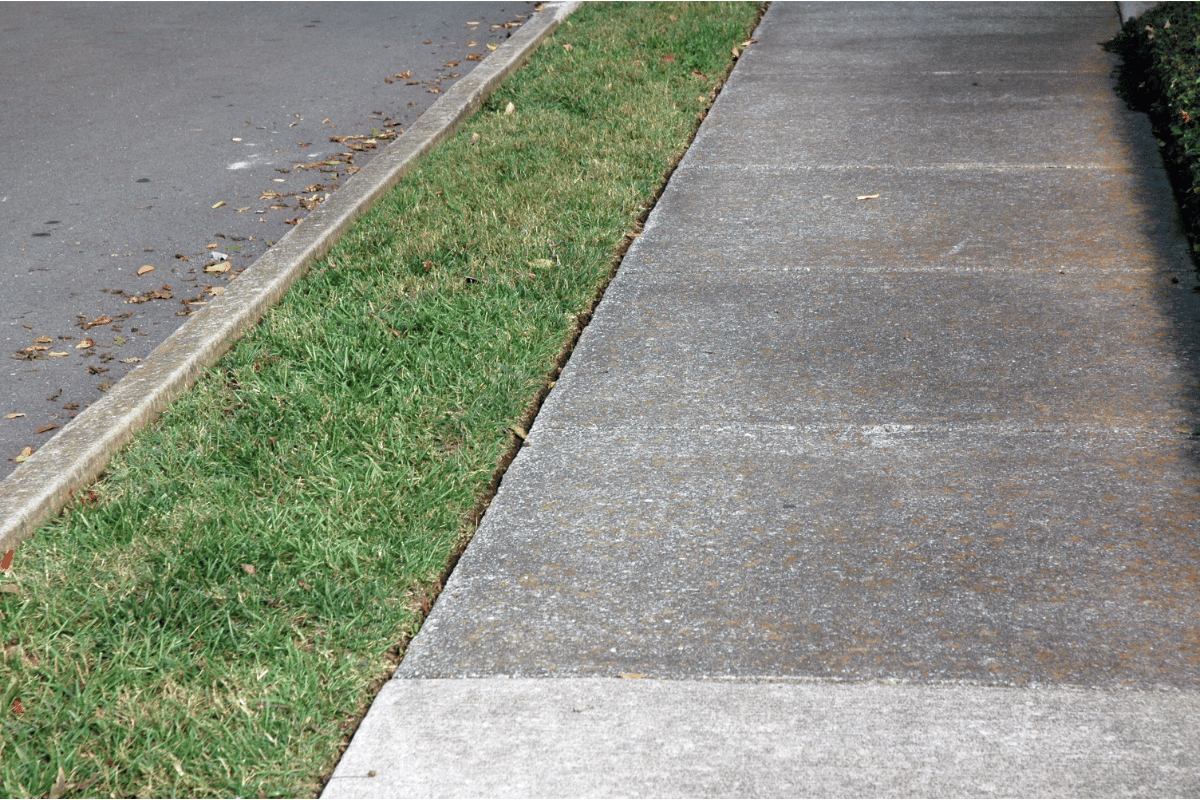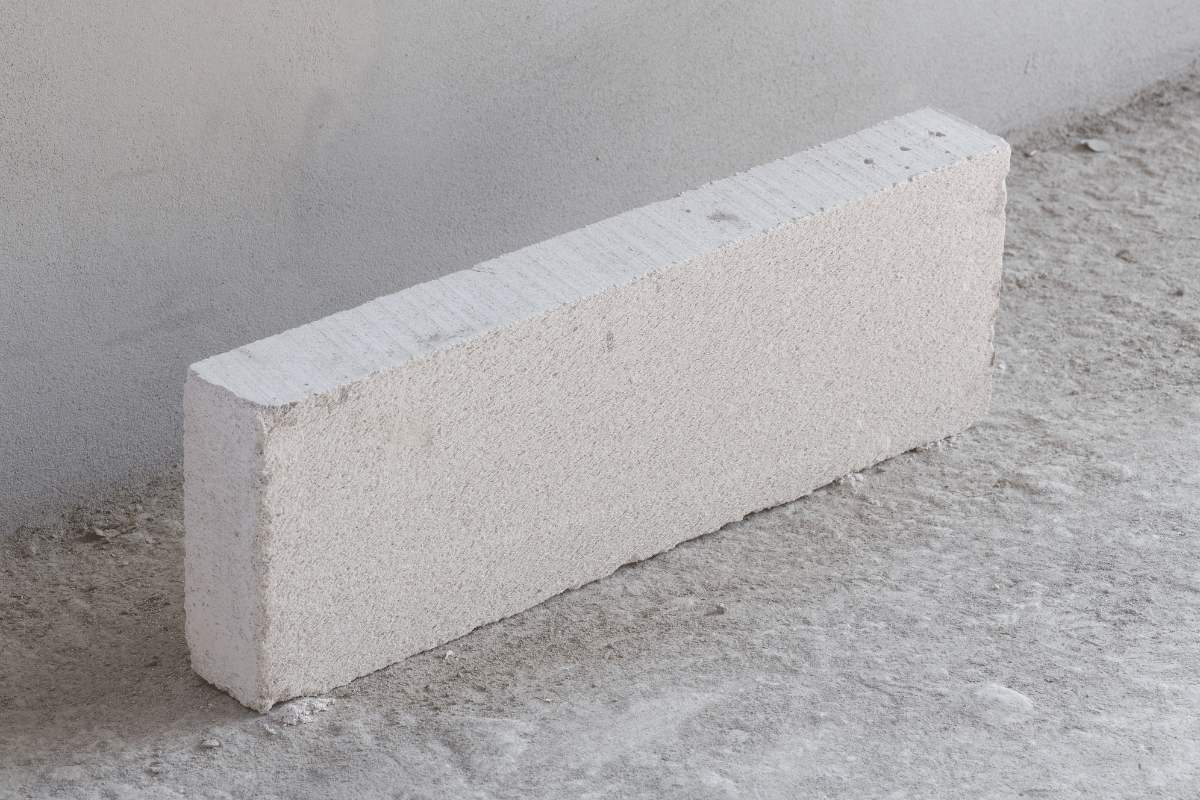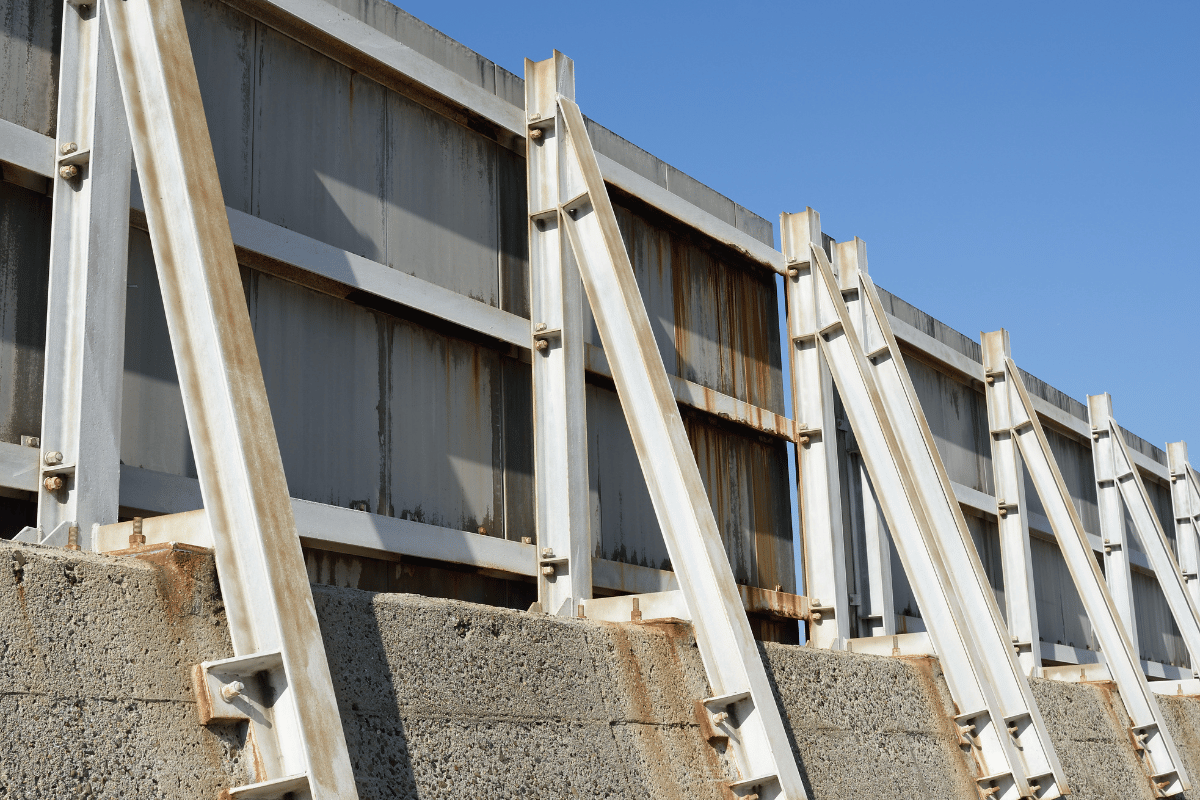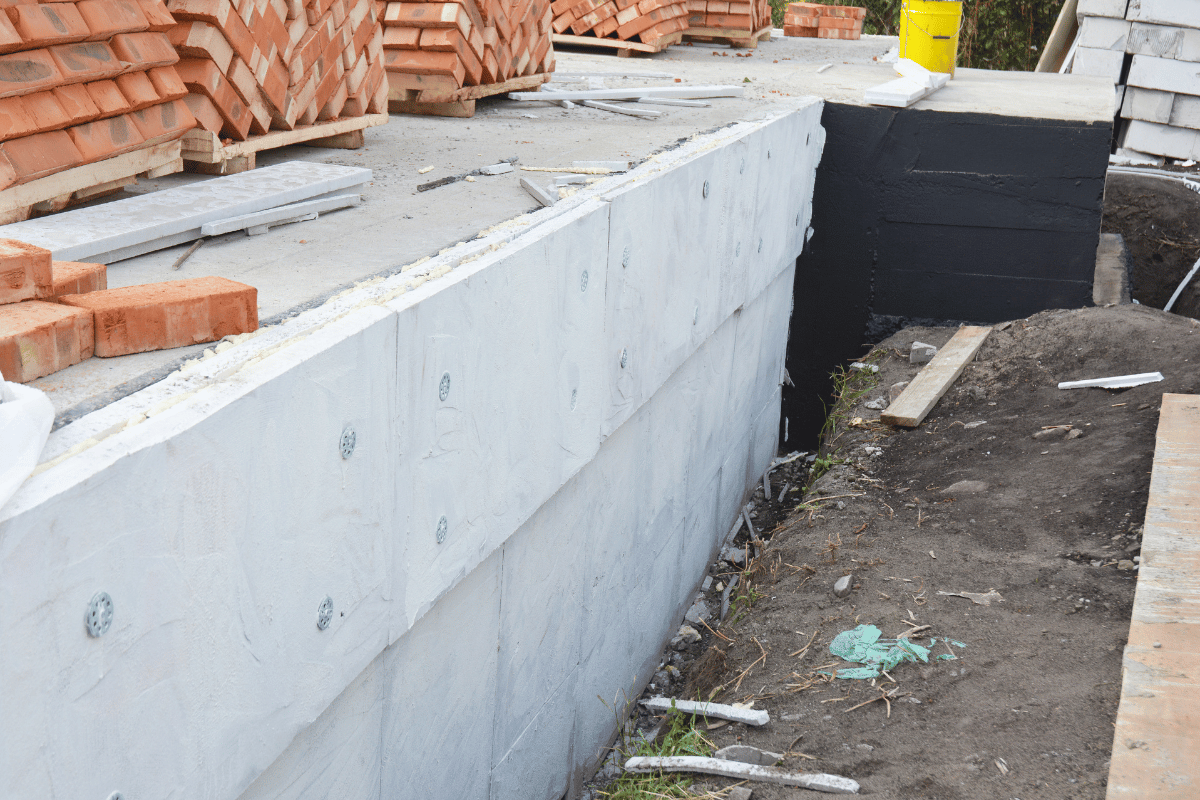Is your concrete sidewalk uneven or cracked? Don’t let that ruin the look of your property – level it up with ease by following these simple tips. If you want your property to look its best, a level concrete sidewalk is the way to go. From preparing and evaluating the area, to filling in gaps and finishing off for a smooth surface, this guide will have you fixing up your concrete sidewalk in no time!
Preparation
The key to a successful sidewalk leveling project is preparation. The first step in creating a level concrete sidewalk is preparing the area. You should first evaluate the area around the concrete slab to make sure no underlying issues are present that could lead to further damage down the line. Once any drainage or soil problems are addressed, you’ll be ready to move on to filling in any cracks or gaps.
Filling In Gaps
The next step is filling in any gaps between the sidewalk slabs with patching material such as mortar mix. For larger holes, it’s best to use a concrete patching compound that can be troweled into place and allowed to cure overnight. After the patching material has cured, you can begin smoothing out any bumps or ridges with a masonry trowel until all of the slabs are even.
Finishing Up
Once everything is leveled out and looking good, you can finish off by applying sealant to protect against future damage from water or debris. With regular maintenance and upkeep like sweeping away dirt and checking for any signs of cracking, your concrete slab will stay level and safe for years to come!
Summing It Up
Don’t let an uneven or cracked concrete sidewalk ruin your property’s curb appeal – follow these steps today and get your project underway! From preparing and evaluating the area, to filling in gaps and finishing off with protective sealant, this guide has all of the information you need for a successful sidewalk leveling job. Start now and enjoy using your beautiful new walkway tomorrow!









Recent Comments